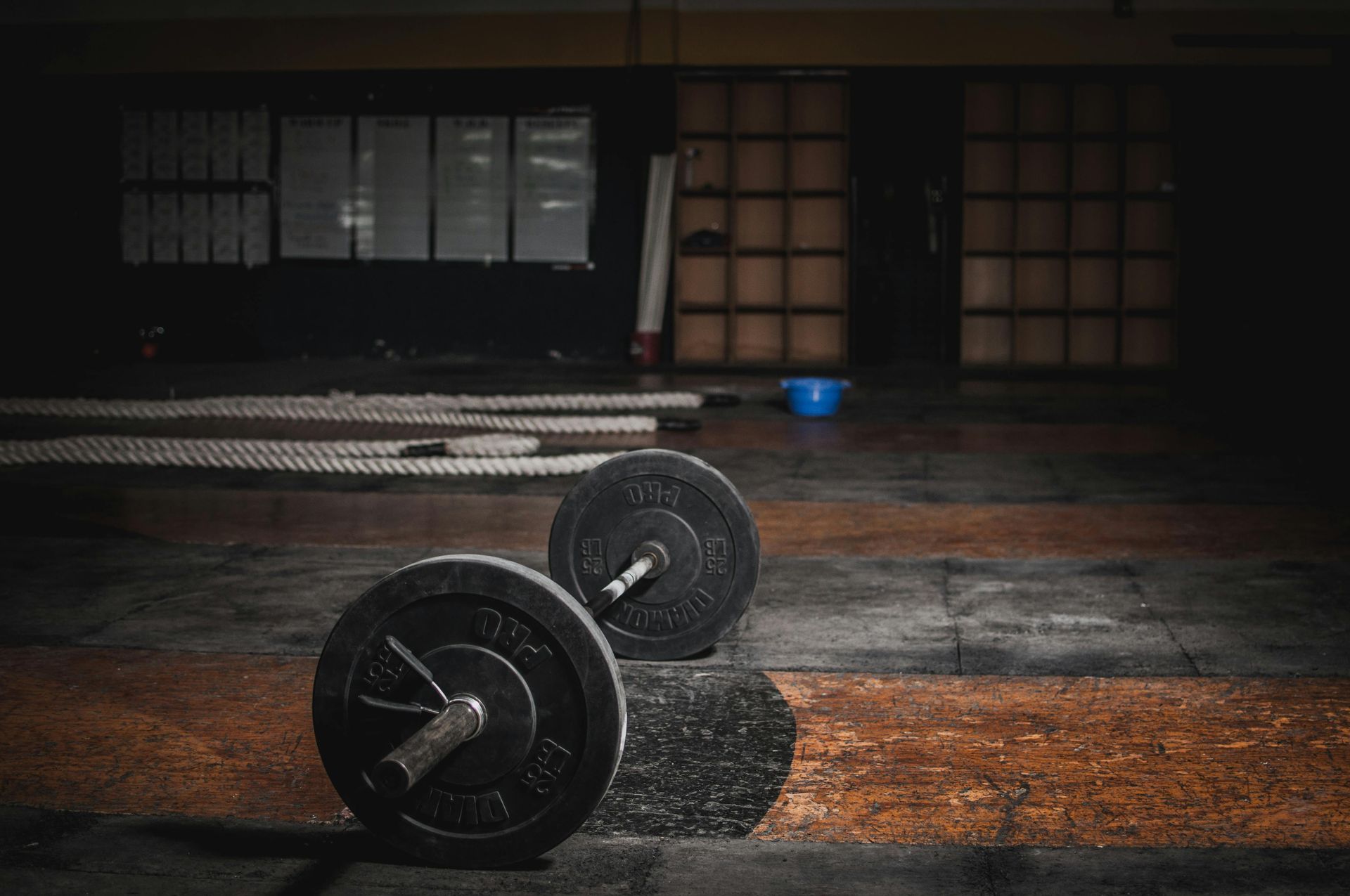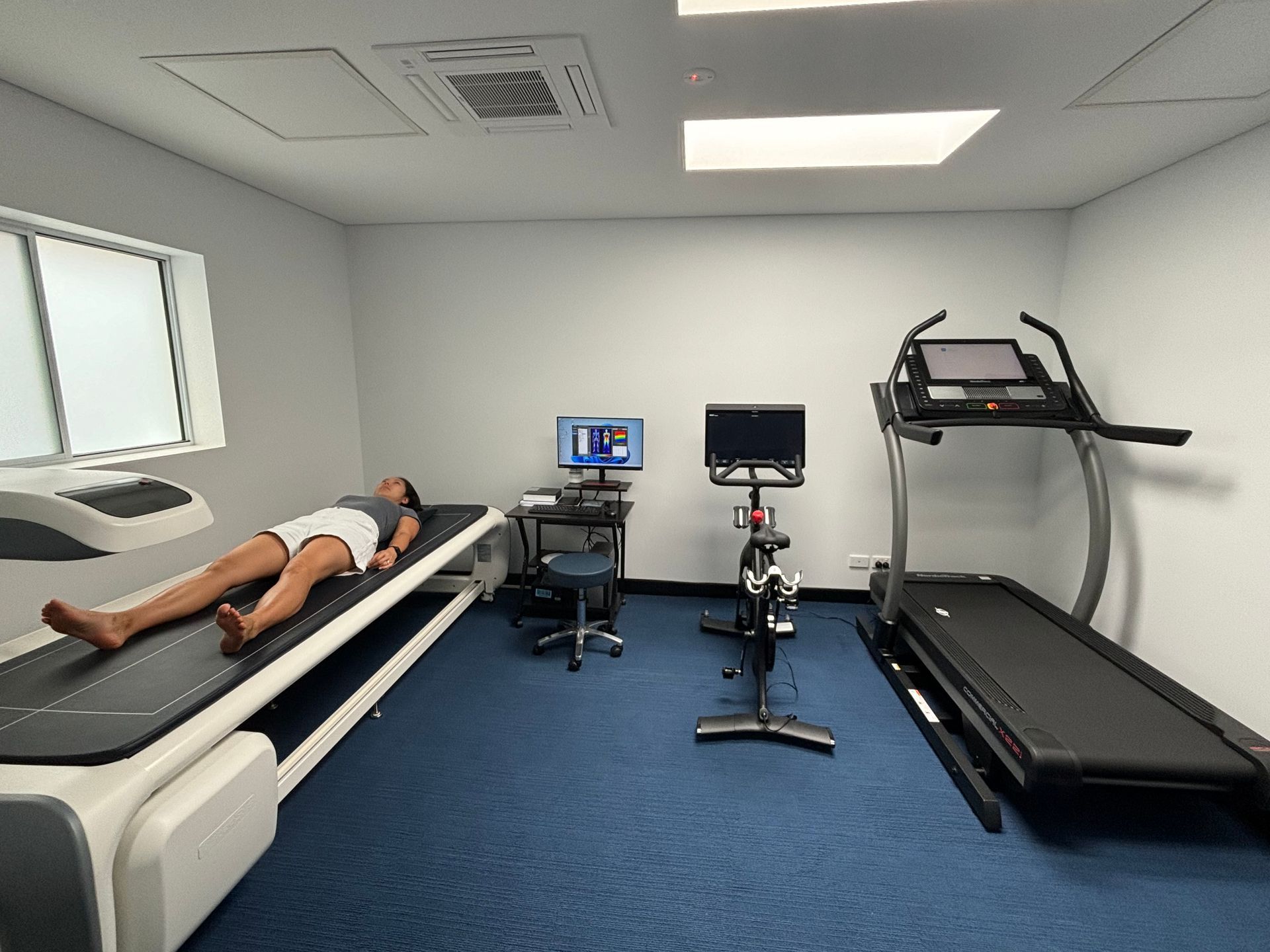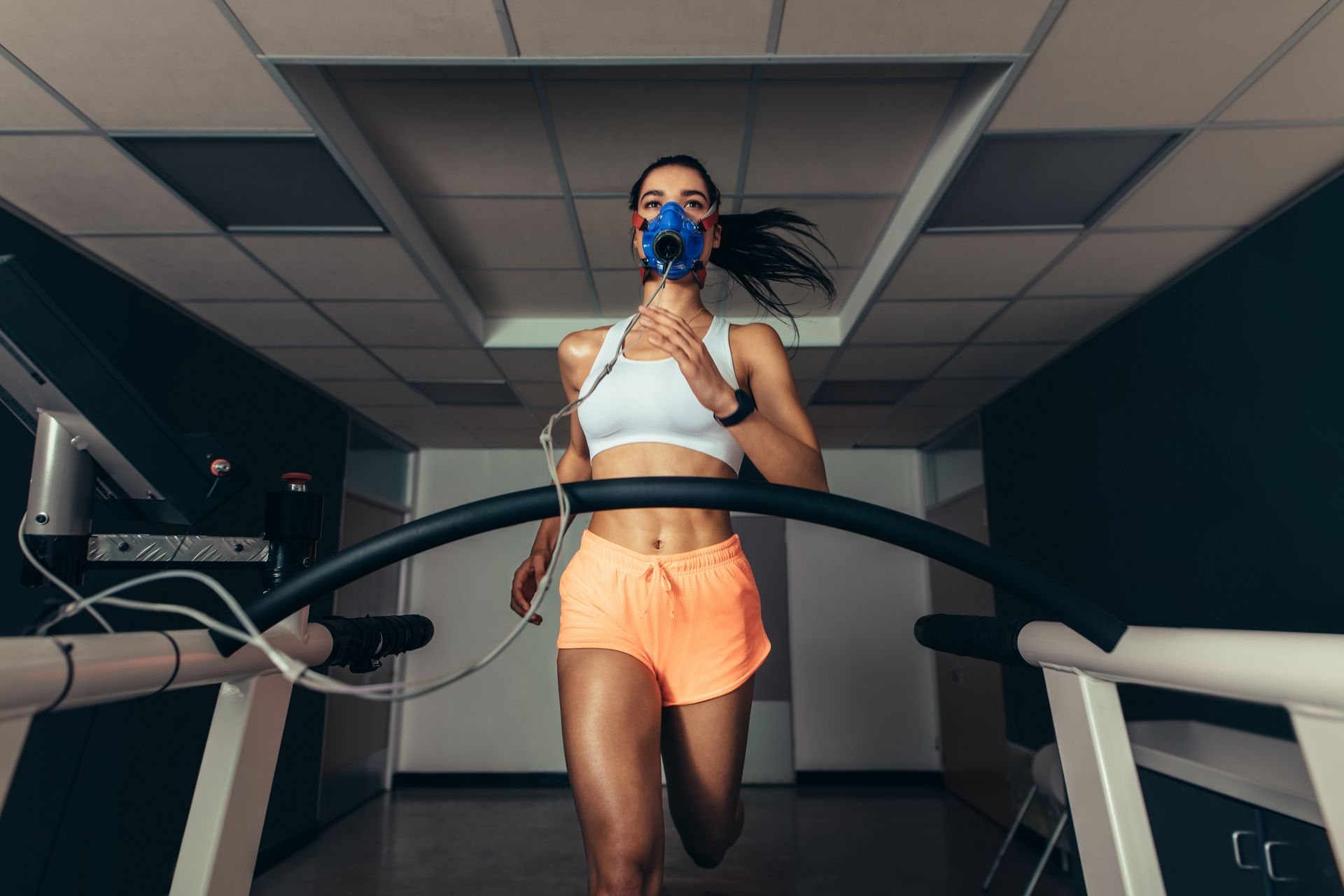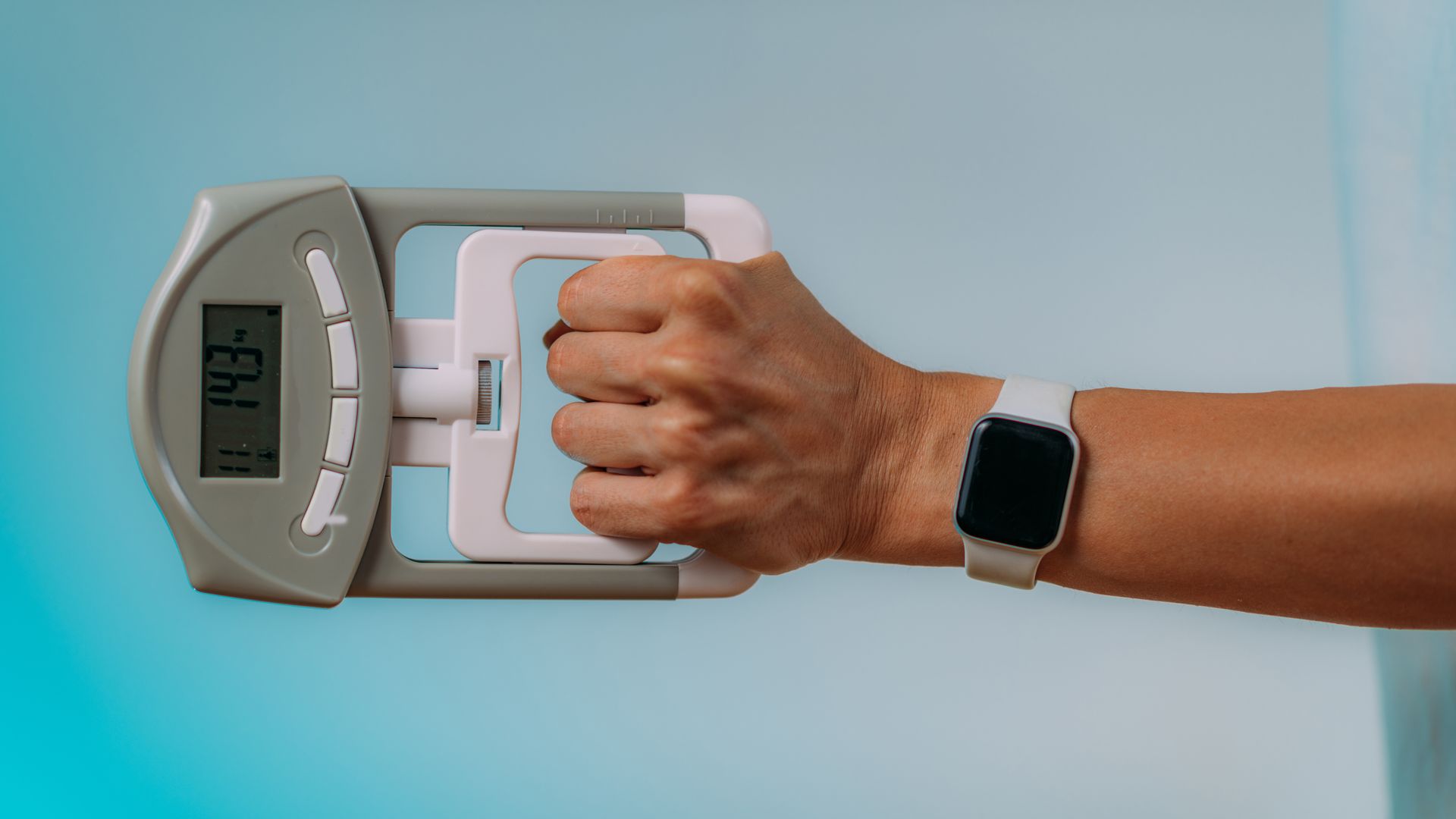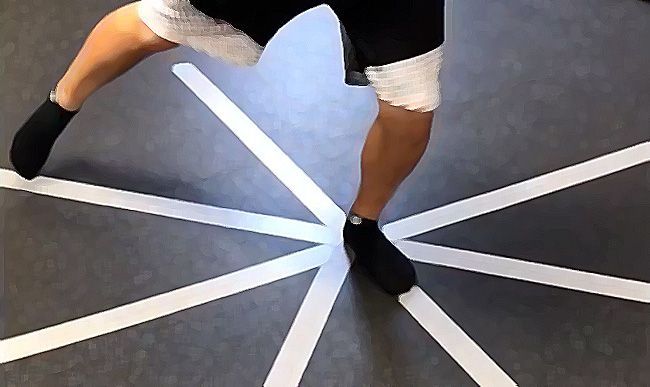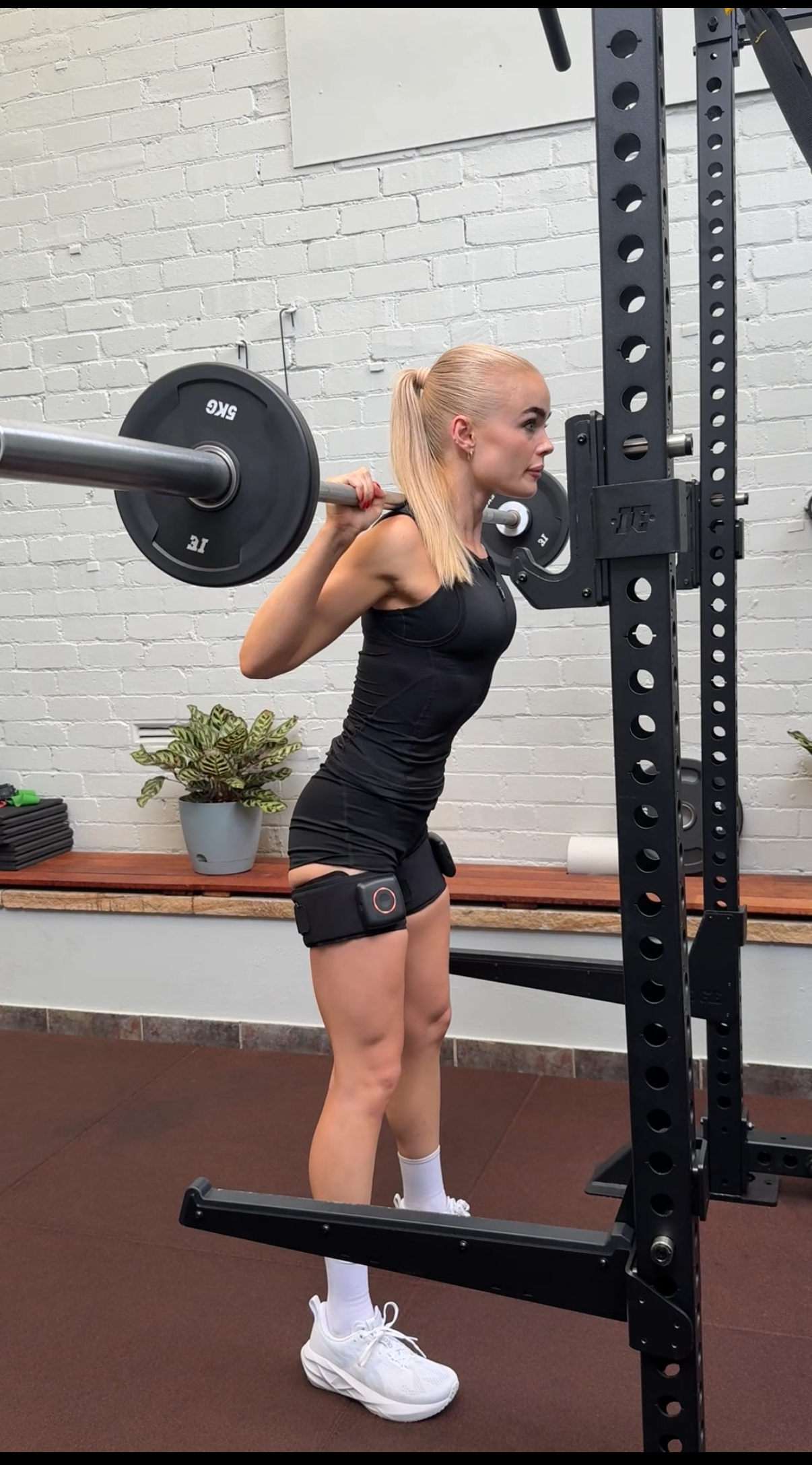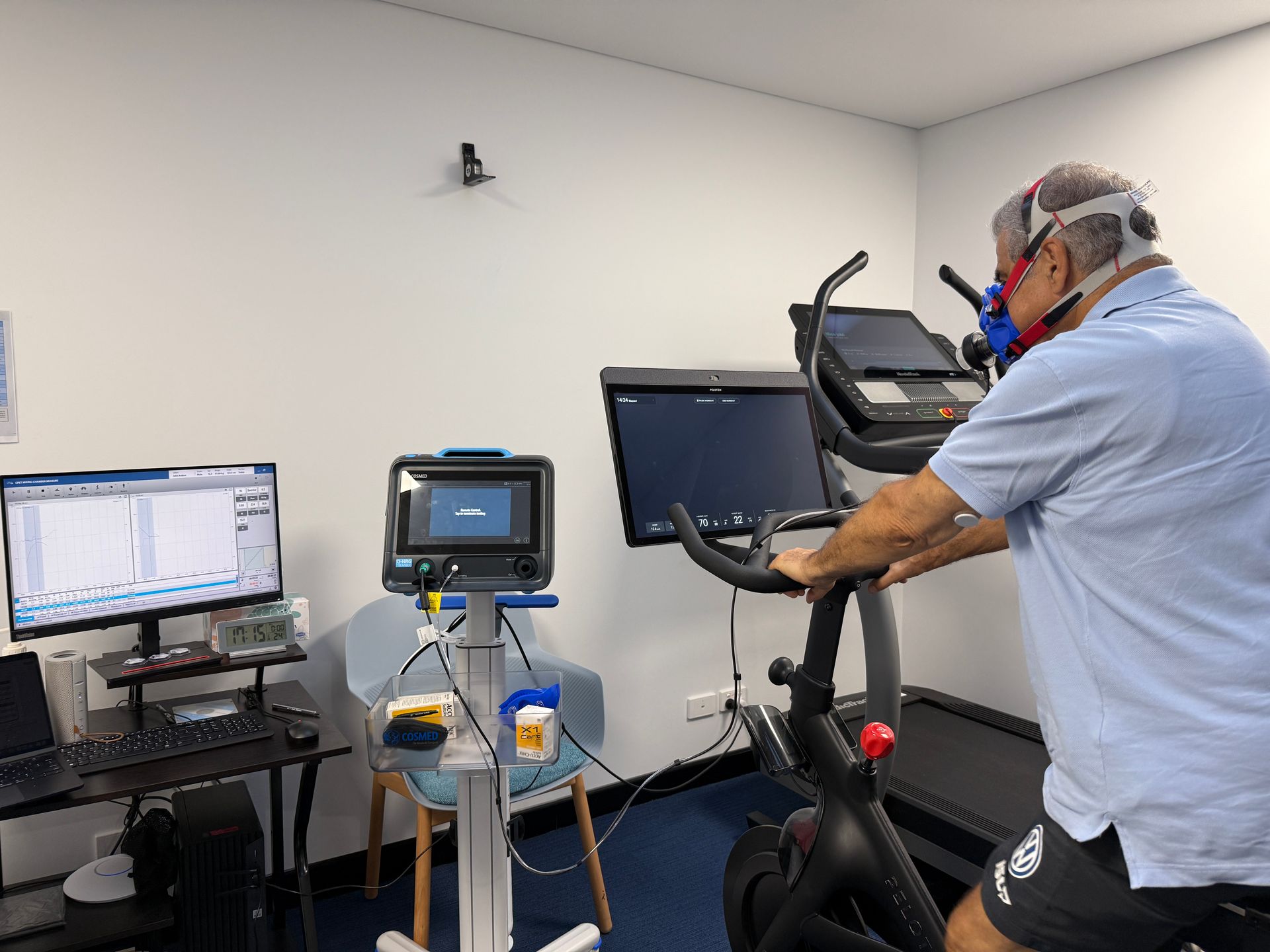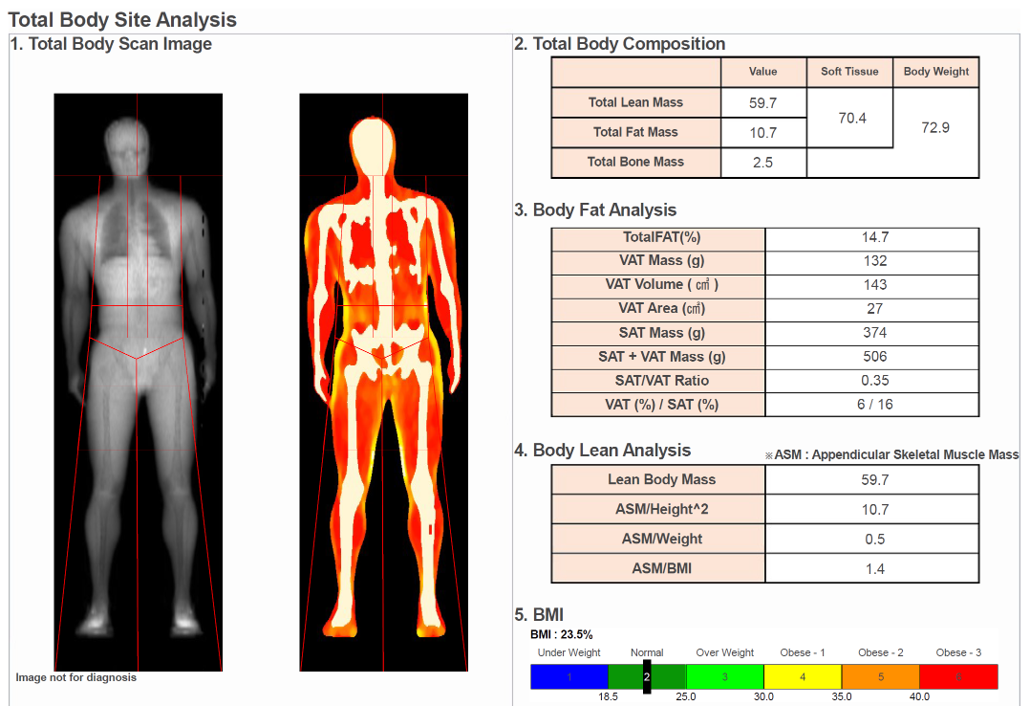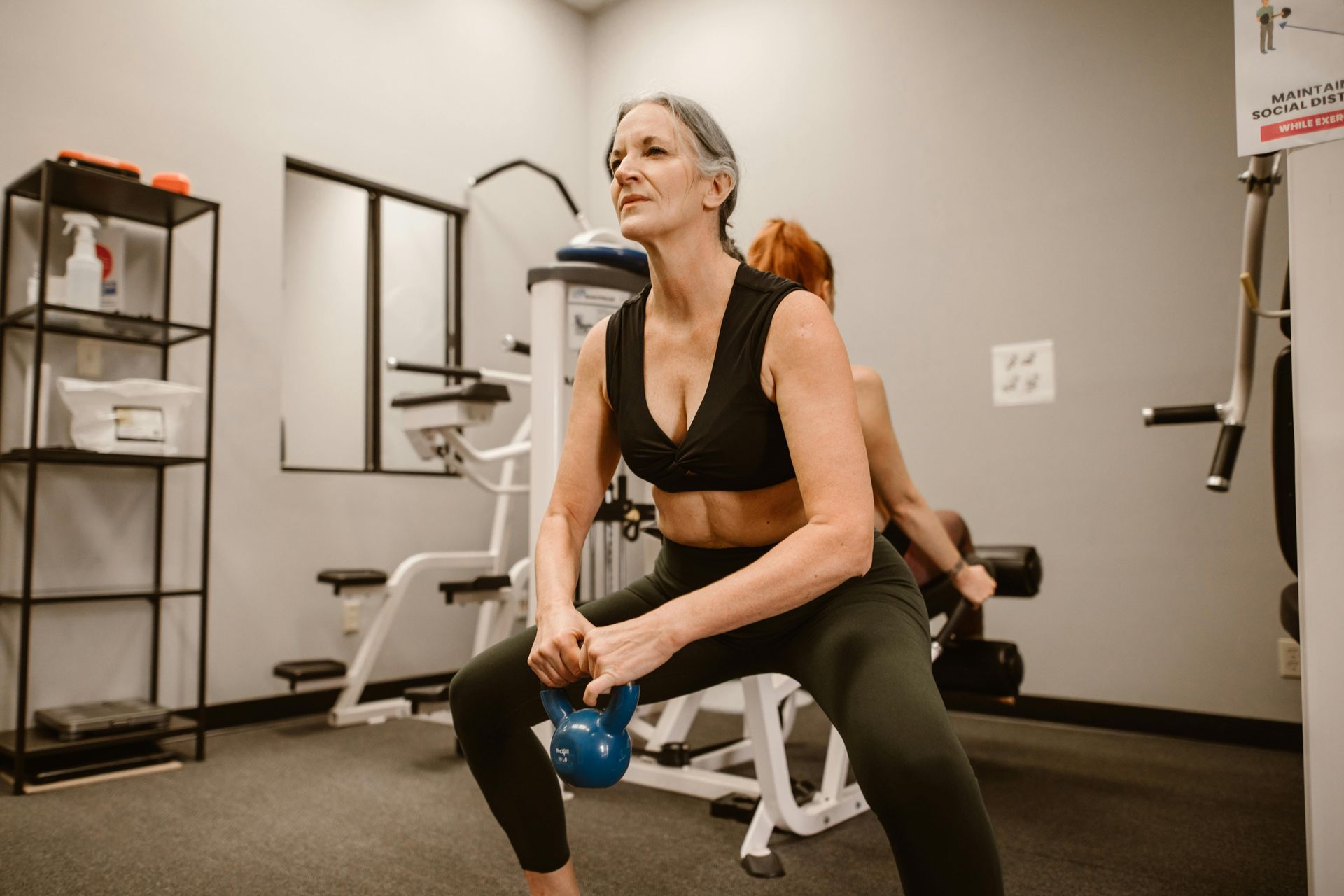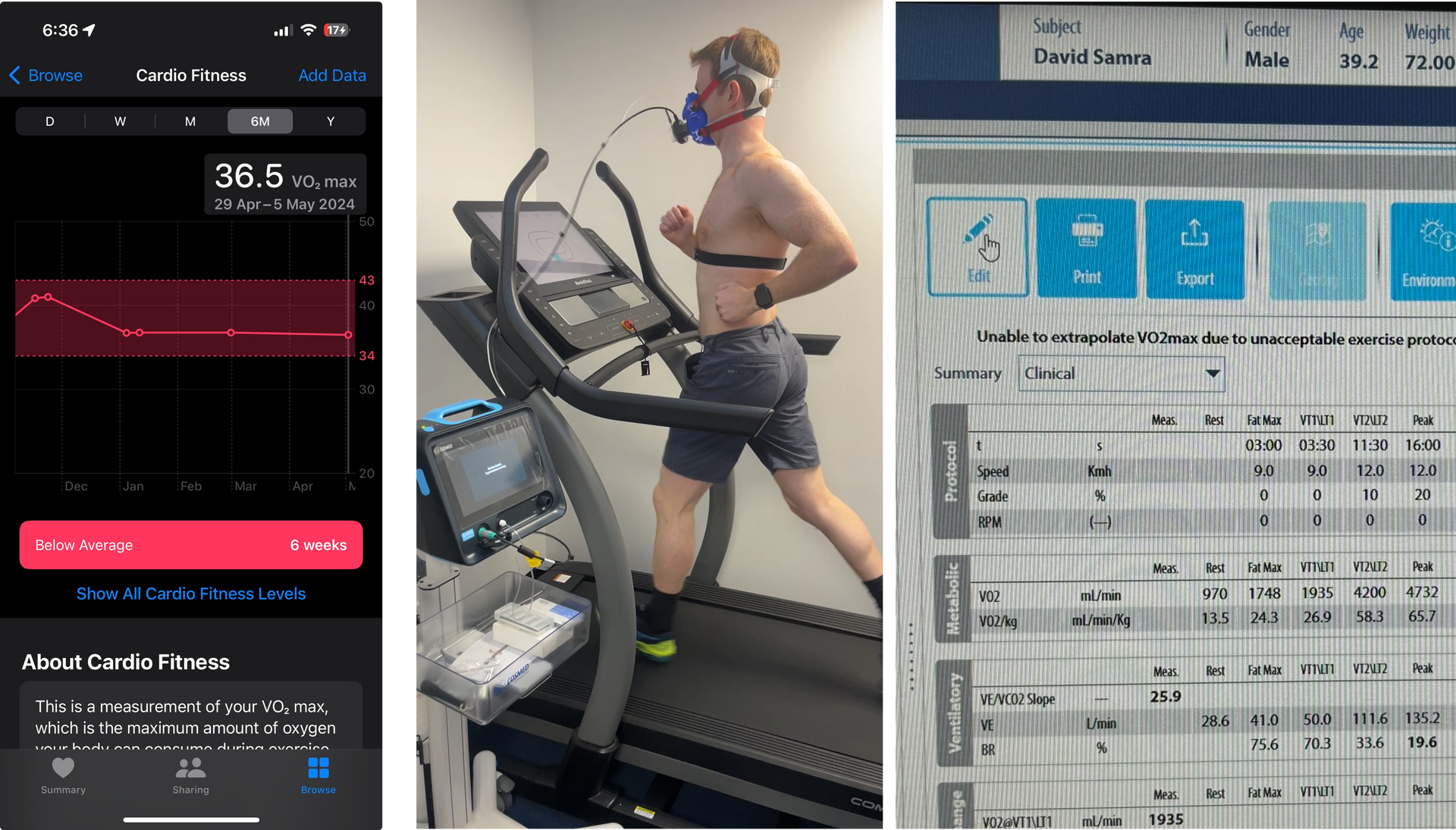Exercise Testing for Performance & Health
Why Exercise Testing is a great way to Benchmark your Health
Exercise testing is often done for athletes who are trying to benchmark their progress. However, it is also a reliable and useful test for people who want to understand their overall health, as fitness and strength are some of the best predictors of longevity. Exercise testing encompasses a range of assessments used to evaluate health, fitness, and performance in both clinical and athletic settings. Each type of test provides specific insights and has practical applications. Let's break down the methods and usefulness of each:
VO2 Max Testing:
- Method: VO2 max, or maximal oxygen uptake, is often assessed using graded exercise tests on a treadmill or cycle ergometer. The test measures the maximum amount of oxygen an individual can utilize during intense exercise.
- Usefulness: It's considered the gold standard for measuring cardiovascular fitness and aerobic endurance. Higher VO2 max values are associated with better endurance performance and cardiovascular health.
Strength Testing Including Grip Strength:
- Method: Strength tests assess muscle force generation. Grip strength, a common strength test, is measured using a dynamometer. Participants squeeze the device as hard as possible.
- Usefulness: Grip strength is a simple yet powerful predictor of overall muscle strength and is linked to health outcomes. For instance, lower grip strength is associated with increased mortality, disability, and health complications.
Power Testing:
- Method: Power tests evaluate the ability to exert maximal force quickly. Common tests include vertical jumps or sprinting assessments.
- Usefulness: Power is crucial in many sports and daily activities. Power testing can guide training and rehabilitation programs, especially in sports where explosive movements are key.
Lactate Threshold Testing:
- Method: This involves exercising at increasing intensities while measuring blood lactate levels. The lactate threshold is the point at which lactate begins to accumulate in the blood.
- Usefulness: Understanding lactate threshold helps in designing endurance training programs. Athletes can train at or near this threshold to improve their endurance performance and efficiency.
Balance and Functional Testing:
- Method: These tests assess an individual's ability to maintain balance and perform functional movements. Common tests include the Functional Movement Screen or balance assessments like the Single-Leg Stand.
- Usefulness: They are essential in rehabilitation settings and for older populations to prevent falls. In athletes, they help in identifying imbalances or weaknesses that could lead to injury.
Evidence from Research
- Studies have consistently shown that VO2 max is a strong predictor of cardiovascular health and mortality risk. For example, a study in "The Journal of Physiology" highlighted its importance in assessing cardiac function in athletes and non-athletes.
- Research in "The American Journal of Preventive Medicine" has demonstrated the predictive value of grip strength for mortality, morbidity, and disability.
- Power tests like vertical jumps are widely used in sports science to evaluate athletic performance, as supported by research in "Sports Medicine".
- The lactate threshold has been extensively studied for its implications in endurance training and performance, as seen in research published in "Medicine & Science in Sports & Exercise".
- Balance and functional tests are key in fall prevention among older adults, according to studies in "The Journals of Gerontology".
In summary, exercise testing is a valuable tool in both health and performance contexts. It provides critical information for designing individualized training, rehabilitation, and health maintenance programs. Each test offers unique insights into different aspects of physical fitness and health.
